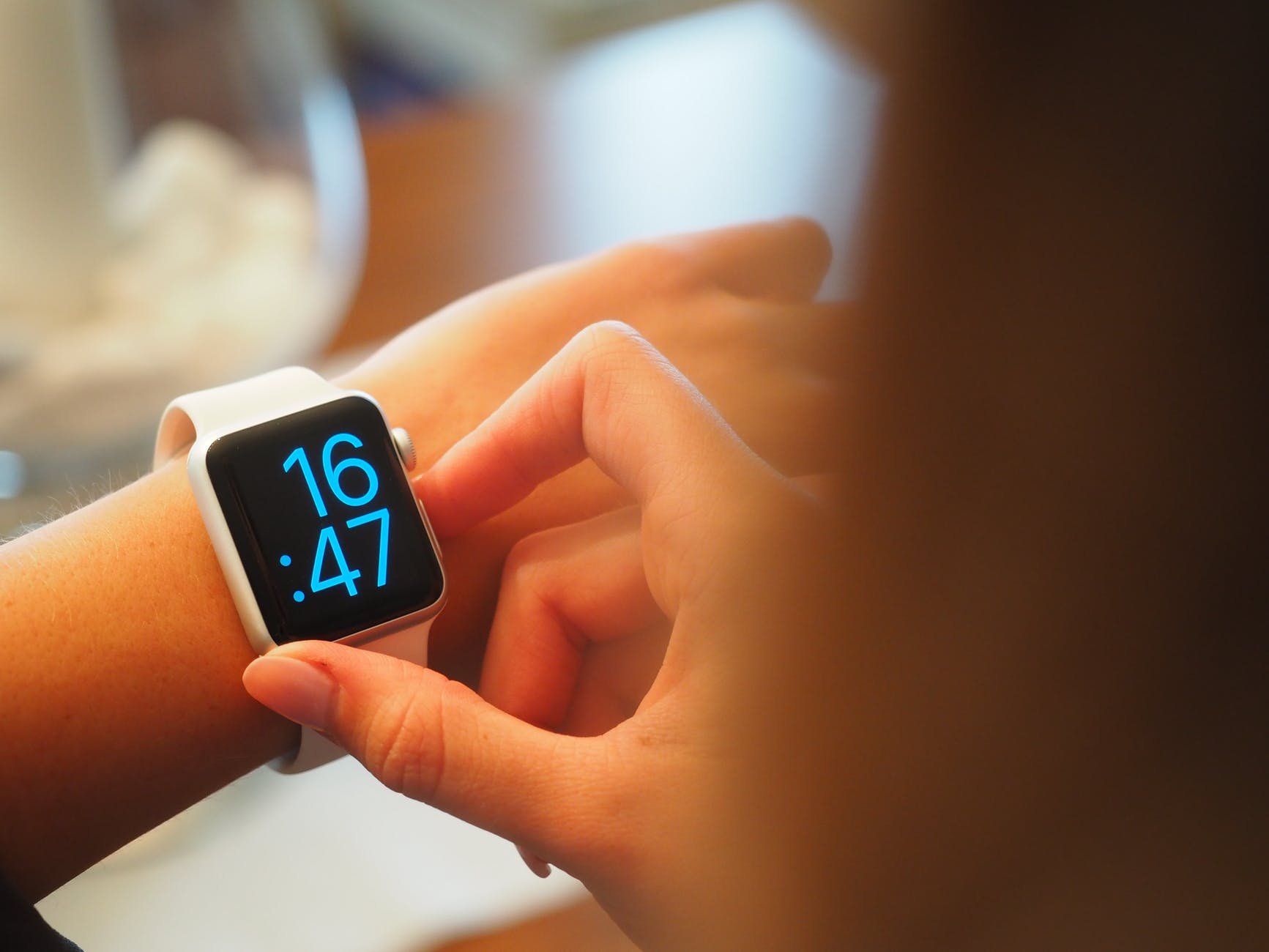Does wearable tech make you more productive?
For years now the idea of wearable technology, be it watch, ring, glasses, or some other combination has been touted as not only the road to better health but improved productivity as well. I've been a wearable tech guy for as long as I've been able to get ahold of said tech and want to share some observations if you're planning to make the leap. This week on Cross Platform we'll discuss the benefits and challenges of wearable tech so let's start exploring some of the facets here.
What is the right form factor?
Form factor is a key part of wearable tech because if you won't wear it consistently, it won't do any good for you. Smartwatches are the most common design we'll find today, but among them there is a wide variety in design. I'm including fitness trackers in this mix as well since many provide productivity features beyond step and heart rate tracking.
When it comes to finding the right form factor, make sure whatever device you're investigating comes with a good return policy. There's nothing worse than investing in a device for hundreds of dollars to find it doesn't quite fit right under your favorite shirt or feels uncomfortable on your wrist. Take a couple of days to get used to the device as part of your life before you decide if you're going to give it a longer trial.
Battery life can be a showstopper.
If you invest in a piece of wearable tech and it can't make it through a full day of your activity, as I've encountered with devices in the past, it's not worth the money. Even the latest versions will often struggle with running for a full day with all their features enabled (and you paid for those so why wouldn’t you want them turned on) decreasing their value eventually. Currently I wear a Samsung Galaxy Watch 3 and need to charge it daily. Fortunately charging only takes about 30-45 minutes and I can do it during idle activity times (such as writing this post.)
I've been asked why I don't charge the watch overnight and it's a simple answer…that's one of the main times I use the watch. I use the sleep tracking feature every day (I'll talk about that more later) so having it sitting on the charger while I sleep defeats the purpose. Purchasing multiple chargers or charging my watch off my phone (thank you Samsung) has made the times I've been unable to deliberately charge more manageable, but every watch face I use has a power indicator just to be safe.
What do you need the device to do?
Over at ProductivityCast we're in the thick of recording a series about productivity terminology and the importance of definition. Reaping the benefits of wearable tech is equally dependent on you defining your objectives for the device, especially what you don't expect from it as much as what you do. Many devices now support apps like a smartphone, and this turns out to be asking wearable tech to do things it's just not good at and ruining the experience.
The most common things for wearables are health tracking, which can have a significant impact on your quality of work, scheduling (reminders and such), and notifications for messaging and events. If these fit your needs, then you're right in the wearable sweet spot. When you start asking wearables to manage your task lists, track your hours, or manage your email, you're pushing the outer limits of what wearables can do well. It's possible, but you do need to keep your expectations reasonable.
It's better to feel good than to look good
Health tracking is one of the core feature sets of all wearables and I find this has the greatest impact on my quality of work. While I may be able to respond to a text message from my watch, or see the next thing on my calendar, tracking things such as sleep quality, activity levels, and body composition help me make decisions that have a long-term impact. Only through this frequent monitoring and review have I come to terms with what my health choices make when it comes to my mindset and energy levels.
The tip of the iceberg
These features are only the beginning of what you can do with a wearable. Electronic payments, music controls, navigation, and even phone calls are just a sample of what I've used my watch for in the past week. What it all comes down to is this…a wearable is an extension of your existing productivity platform, not the center of it. A wearable should be effective and efficient when you need it and invisible when you don't. After all, if you were ok with something being omni-present in everything you do, you'd just use your phone, wouldn't you?
If you found this article helpful, please click on the Like button to help us bring you more of the content you're interested in. Also, why not subscribe by email in the sidebar to have new articles and information delivered right to your inbox? Thanks for reading and let us know your thoughts in the comments section below.
